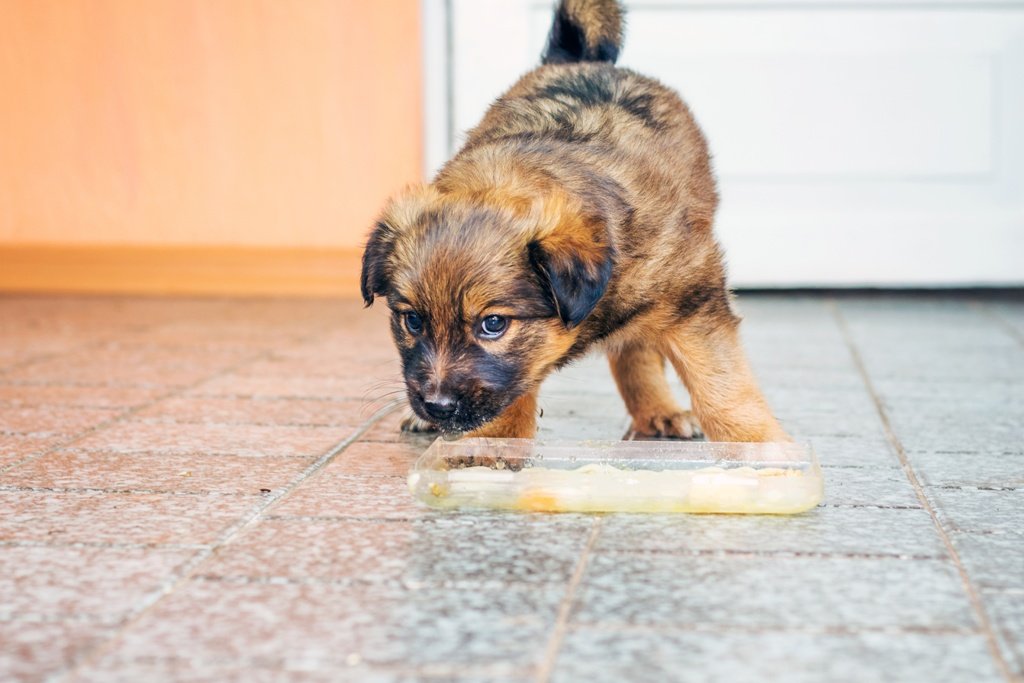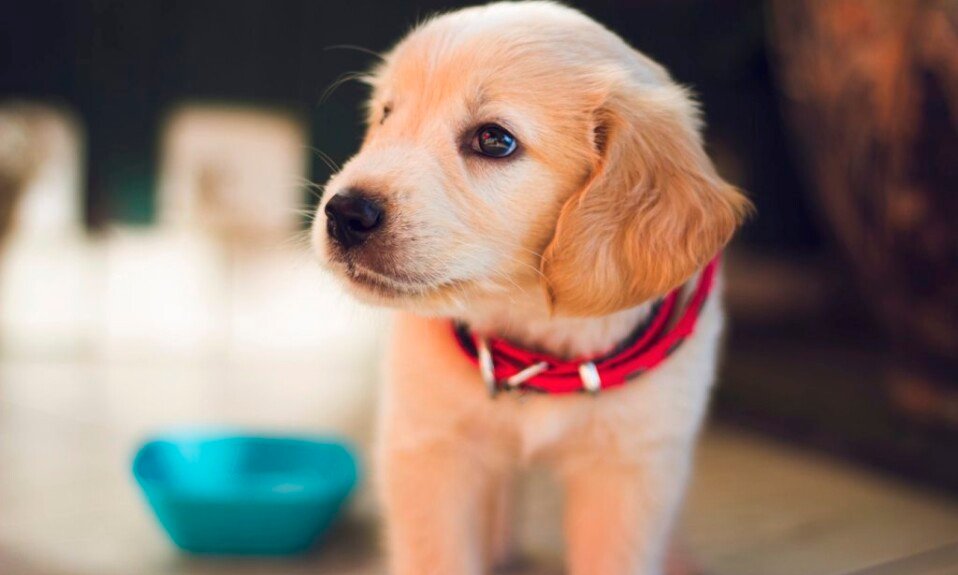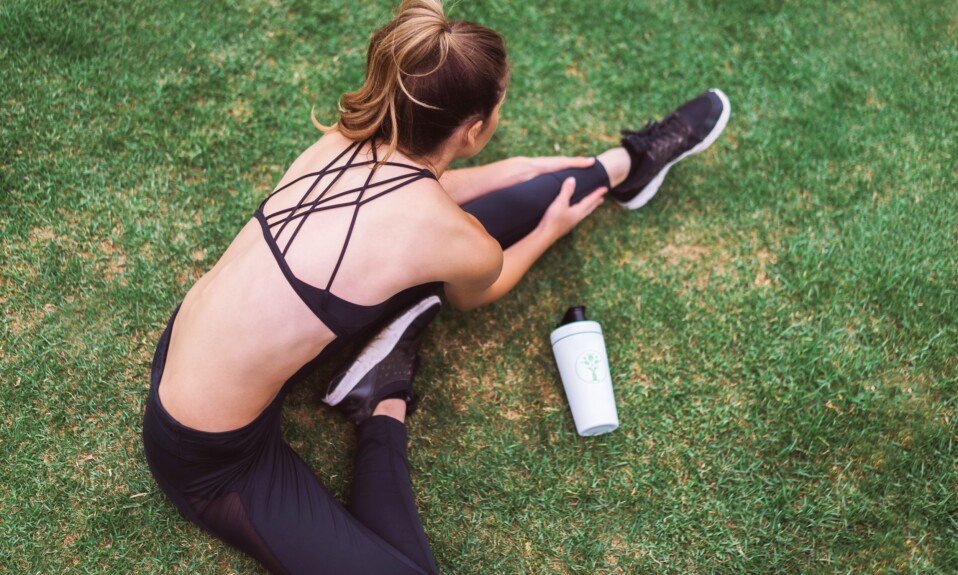As pack animals, it’s natural for canines to display possession aggression over food. However, this doesn’t mean that each mealtime should turn into a battlefield.
The instinctive behavior of fighting over food is usually triggered when you feed different types of food for each dog. And if you don’t find a way to stop this unruly behavior, this can lead to your pets incurring injuries. Luckily, a Dubai pet food company lists down the following tips to help your dogs enjoy peaceful mealtimes.
1. Evaluate the behavior of your dogs around food

Keep a close eye on each of your canine pals. Do they frolic around or jump in excitement as they anticipate your putting down the dog bowls or do they sit calmly and wait?
If one or more pups get emotionally roused during mealtime, it’s best to usher these canines out of sight and smell before you prepare the meal. By doing this, you’re toning down the dogs’ stress levels so that they’re calm during feeding time.
2. Set a schedule for mealtimes
Let your dogs finish eating within 5-10 minutes, then take the bowls. This will take the dogs’ mind out of quarreling over food and focus on eating. After you clean the bowls, don’t forget to store them out of sight, especially if you have one canine who tends to resource guard.
Practice portion control and give your dogs 2-3 meals a day. Stick to a feeding schedule so that your canine pals will feel confident that they’ll never go hungry.
3. Feed in separate rooms
A dog who tends to gobble down other canine’s food can trigger conflicts. If one of your pups is guilty of doing this, try to place him in a separate room inaccessible by other dogs during mealtime. A possessive eater needs to feel safe so that he can eat calmly without the presence of other dogs hovering over him.

How to Feed Dogs Separately
A dog who tends to gobble down other canine’s food can trigger conflicts. If one of your pups is guilty of doing this, try to place him in a separate room inaccessible by other dogs during mealtime. A possessive eater needs to feel safe so that he can eat calmly without the presence of other dogs hovering over him.
How to Feed Dogs Separately
Phase 1
- Place each dog in separate rooms to feed them at the same time.
- Each feeding areas should have a door so that the dogs can’t see each other as they eat. When dogs don’t see each other, there’ll be lesser chances of them fighting over food.
- Do this for a few days until all dogs are eating calmly without snapping at each other.
Phase 2
- Open the door that separates the dogs during mealtime while you stand in the doorway.
- Make sure not to allow any dog to leave his bowl or go to the other dog.
- If both dogs can avoid reacting towards each other during mealtime, praise them and give each a dog treat to reinforce the positive behavior. However, if one dog approaches the door and won’t stop, close the door between them immediately.
- Transition both dogs to eat this way for a few days.
Phase 3
- Move the food bowl of both dogs in one large room, but make sure to place them as far apart as possible.
- Praise both dogs for not interacting with each other during meals. Bring with you an automatic umbrella or a large metal cookie sheet just in case a fight breaks out.
- Stand in between to watch both dogs for any signs of possessive aggression.
Phase 4
- Day by day and depending on your dogs’ progress, move the food bowls closer in the room. This will make your dogs get used to eating without arguing over food.
- If the dogs fight again, move the food bowls farther apart.
If during any of these phases your dogs return to their argumentative behaviour, you will have to start over with each of them in a separate room and a door between them. Another way to reduce a possessive eater’s territorial tendencies is to interchange where you serve the meals. For instance, you can serve the food during Mondays in the kitchen and the living room on the next day.
4. Avoid using mealtime as a training session

Mealtime should always be a controlled and calm situation. Excited dogs who during mealtimes may get stressed out and experience food guarding or digestive upset. Don’t use mealtime as a training session as it’s a free situation where your dogs shouldn’t be under your control.
Making your dogs do particular actions or behaviours before getting their share of meals could backfire. As a result, your dogs’ resource guarding tendencies may get worse as you’re making the food more valuable to them.
Be consistent, but keep your cool.
It’s up to you to create order between your dogs during mealtime. In this case, you shouldn’t make eating punitive or emotionally upsetting. Don’t reprimand angrily or punish your pets for fighting as this will only escalate their aggression toward each other.
AUTHOR BIO
Farah Al-Khojai is the Managing Partner of Pet’s Delight. A passionate entrepreneur, Farah holds a Bsc in Government from the London School of Economics. She is always on the lookout for new opportunities to develop and grow the pet and equestrian retail and wholesale market in the UAE and beyond, and is proud to be at the helm of the first and the largest pet care provider in the market representing world-class brands including Orijen, Applaws, Hunter, Savic, Flamingo, Ruffwear and Rogz.





